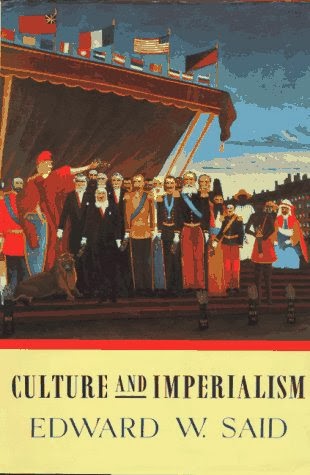Examining the recent surge of interest in the sound of 60s &70s Iran and Turkey
 |
| Googoosh. Courtesy REORIENT. |
by Joobin Bekhrad, REORIENT
A few months ago on a lazy Sunday afternoon, as I was strolling down
the quirky fashion drag that is Toronto’s Queen Street, I spotted
something in the corner of my eye that seemed just
ever so
slightly out of context. Stopping for a moment, I looked into the
display window of a trendy vinyl store, and eyed there amongst the
colourful sleeves of obscure folk and rock albums the word
Zendooni (Persian for ‘Prisoner’) in garish yellow lettering above a conspicuously Iranian-looking woman in a field of sunflowers;
Funk, psychedelia and pop from the Iranian pre-revolution generation read
the description. Lacking a record player, I immediately looked up the
album on the Internet upon arriving at home (after enjoying a dose of
coffee and pre-Revolution Iranian pop art at nearby R², of course), and
discovered that it was yet another pressing by the American record label
Light in the Attic
, which had previously released albums in a similar vein such as
Khana Khana!, as
well as a formidable compilation of hits by the Iranian rocker Kourosh
Yaghmaei and a previously unreleased selection of songs by the hitherto
unknown Tehran-based garage band The Jokers
.
Although I had successfully sourced with eagerness the tracks on
Zendooni, it
wasn’t the first time I’d gone digging in pursuit of Iranian ‘nuggets’
(as record collectors like to call them) from the 60s and 70s; that is,
from that brief era of bliss before the shit hit the fan for the Iranian
music industry. My love affair with these quirky disco, funk, and
psychedelic tracks began some years ago during the autumn of 2009,
whilst a humble University student in dankest, darkest London. Somehow
or other, I managed to stumble upon a compilation of songs, mostly
rarities, from pre-Revolution Iran, simply entitled
Pomegranates. Featuring
a wistful looking, headscarf-clad Ramesh on the sleeve, the album more
or less constituted the soundtrack of my university days, and sparked
within me an interest for not only the rock and popular music of 60s and
70s Iran, but also of nearby Turkey, India, and the Arab world.
While
Pomegranates represented one of the first major
compilation of ‘nuggets’ from the Middle East, it certainly wasn’t the
last of its kind. Shortly afterwards, scores of compilations of obscure
tracks from Iran, Turkey, and the Arab world began to abound in record
stores, while fans of these genres uploaded individual tracks and
homemade playlists on YouTube and other music-based social media sites.
As I fell prey to the allure of these all-but-forgotten (in many cases,
at least) gems from a bygone era and began creating an archive of what I
believed to be the more noteworthy numbers, I began to ponder the
phenomenon of the growing interest in this sort of music, particularly
in the West. As well, as my collection expanded, I also started noticing
considerable differences in the styles, variations, and forms of the
60s and 70s contemporary music of the countries across the Middle East
and North Africa, as well as their place within the broader sphere of
the respective music scenes and the zeitgeists of the region.












